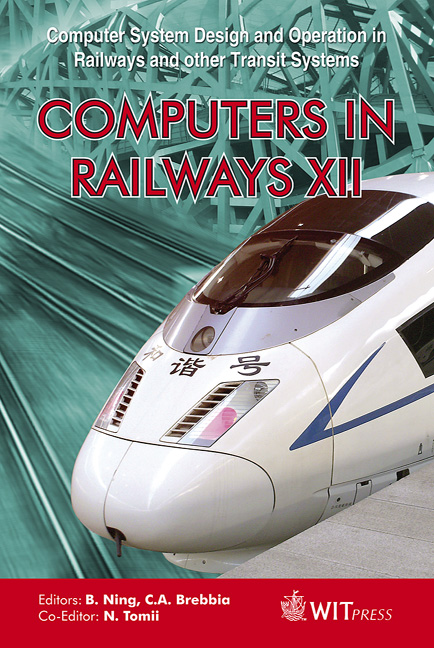Railway Vehicle And Bridge Interaction: Some Approaches And Applications
Price
Free (open access)
Transaction
Volume
114
Pages
12
Page Range
593 - 604
Published
2010
Size
1,367 kb
Paper DOI
10.2495/CR100551
Copyright
WIT Press
Author(s)
G. Mikheev, E. Krugovova & R. Kovalev
Abstract
The present paper describes the CAE-based approach for analysis of dynamics of a coupled model of a flexible railway bridge and a train. The approach is being implemented in Universal Mechanism (UM) software. The railway bridge is considered as a flexible multibody system. The dynamics of flexible bodies are simulated using data imported from finite element analysis (FEA) software. An application of the approach to the investigation of dynamics of a railway vehicle and a bridge supposes taking into account the flexibility of the bridge. Comparison of flexible deflections and stresses for the full and reduced FE-models for static and moving loads are presented. The simulation results for a high-speed train on a bridge that is modelled as a reduced FE-model with 50, 100 and 200 flexible modes, as well as comparison of simulation results for separate and coupled approaches to vehicle-bridge interaction (VBI), are shown. Keywords: vehicle-bridge interaction, flexible bridge model, moving load. 1 Introduction Computer simulation is an effective approach to analyze the dynamics of railway bridges under train motion along them [1–4]. The main object of investigations can be both a bridge and a railway vehicle. From the point of view of bridges, purposes of researches could be the detection of resonance phenomena on railway bridges, dangerous operation conditions such as train speed and weight, specific bridge design and so on. As for high speed trains, a dynamic analysis is necessary because of resonance phenomena of the structures due to regularly spaced axle groups of the train. In the case of resonance, excessive bridge deck
Keywords
vehicle-bridge interaction, flexible bridge model, moving load





